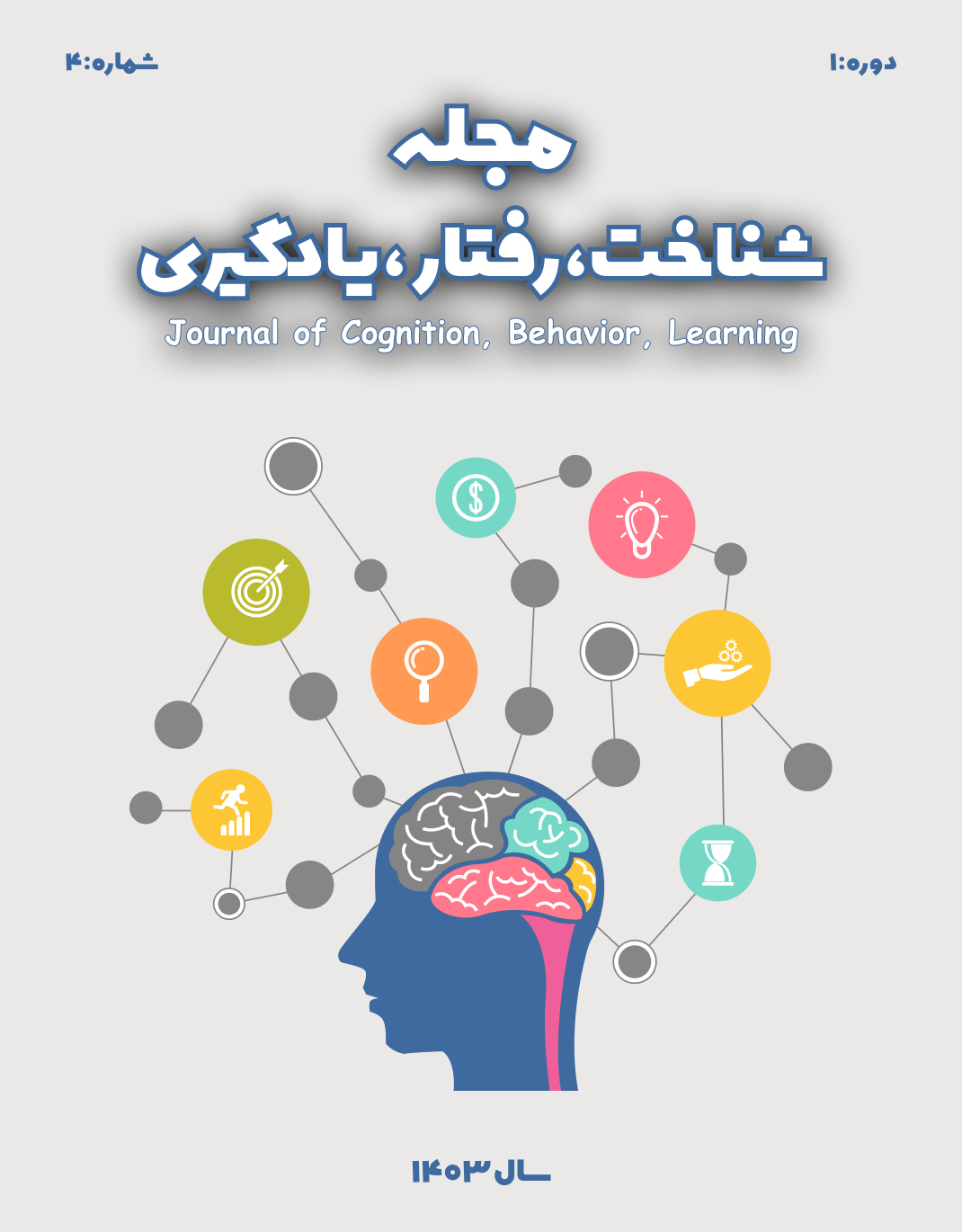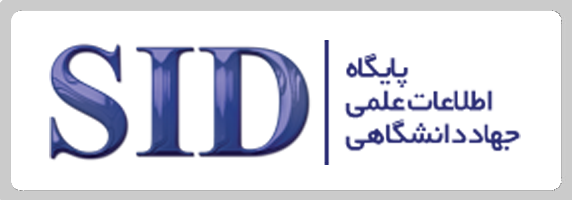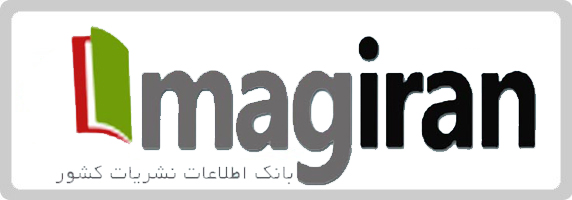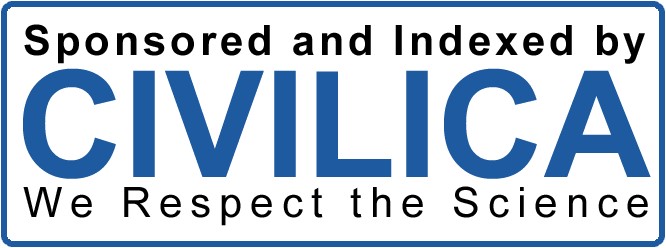مدل پیش بینی خلاقیت براساس سازمان شخصیت کرنبرگ در دانشجویان دارای گرایش خودشیفتگی: نقش میانجی پیگیری اهداف شخصی شناخت، رفتار، یادگیری، 2(۲)، ۱۳-۱
کلمات کلیدی:
سازمان شخصیت کرنبرگ, خودشیفتگی, اهداف شخصیچکیده
خلاقیت یکی از ویژگیهای مهم در رشد فردی و اجتماعی است که میتواند تحت تأثیر عوامل مختلف روانشناختی قرار گیرد. در این میان، شخصیت افراد و سازماندهی آن میتواند تأثیر بسزایی بر توانمندیهای خلاقانه آنان داشته باشد. مدلهای مختلفی برای تحلیل این ارتباطات وجود دارد که یکی از آنها مدل سازمان شخصیت کرنبرگ است. لذا این پژوهش به بررسی چگونگی پیشبینی خلاقیت در دانشجویان با گرایش خودشیفتگی بر اساس سازمان شخصیت کرنبرگ و نقش میانجی اهداف شخصی میپردازد. پژوهش حاضر توصیفی از نوع همبستگی و از نوع مدل سازی معادلات ساختاری است. جامعه آماری این پژوهش را کلیه دانشجویان مشغول به تحصیل دانشگاه آزاد اسلامی واحد قم در نیمسال تحصیلی 1402-1401 تشکیل دادند که کل این دانشجویان 8164 نفر بود. روش نمونه گیری در این تحقیق به صورت در دسترس بود. حجم نمونه در مجموع 375 نفر که با احتمال ریزش 360 نفر برآورد گردید. ابزار پژوهش شامل پرسشنامههای خلاقیت تورنس (۱۹۷۹)، شخصیت خودشیفته آمز و همکاران (2006)، سازمان شخصیت کرنبرگ (2002) و اهداف شخصی کاکس و کلینگر (2003) بود. برای تحلیل دادهها از نرم افزار SPSS و Amos نسخه 24 استفاده شد. نتایج نشان داد مدل ساختاری خلاقیت در دانشجویان با گرایش خودشیفتگی براساس سازمان شخصیت کرنبرگ و میانجیگری اهداف شخصی از برازش خوبی برخوردار است و نتایج نشان داد میتوان در سطح اطمینان 95% معنادار بودن تاثیر متغیر میانجی را تایید نمود. بهطور کلی، این یافتهها بر اهمیت شناخت نوع اهداف شخصی و سازمان شخصیت در تعیین خلاقیت دانشجویان با گرایشهای خودشیفتگی تأکید دارد.
دانلودها
مراجع
Al-Zaidi, B. A., & Shahat, M. A. (2023). Brain-based Learning Principles in the Science Curricula Content of the Basic Education Stage in the Sultanate of Oman: An Analytical Study. International Journal for Research in Education, 47(1), 12-48.
Apeh, H. A., & Iyiegbuniwe, O. (2021). Effects of brainbased learning strategies on secondary school students' motivation to learn in Federal Capital Territory, Abuja, Nigeria. International Journal of Research, 10(5), 19-32.
Bryant, C., Bei, B., Gilson, K.-M., Komiti, A., Jackson, H., & Judd, F. (2016). Antecedents of attitudes to aging: A study of the roles of personality and well-being. The Gerontologist, 56(2), 256-265.
Cramond, B., Kim, K. H., Chiang, T., Higuchi, T., Iwata, T., Ma, M., & Palaniappan, A. K. (2021). Trends and challenges of creativity development among selected asian countries and regions: China, hong kong/macau, japan, malaysia, and south korea. handbook of giftedness and talent development in the asia-pacific, 1107-1133.
Dorantes-Gonzalez, D. J., Tsvetkova, N., Veledinskaya, S., Babanskaya, O., & Çakar, T. (2021). Toward a Novel Neuroscience-Based System Approach Integrating Cognitive and Implicit Learning in Education. International Conference Cyber-Physical Systems and Control,
Ekemen, H., & Beyhan, Ö. (2020). The effect of brain based learning on academic achievement and students’ attitude in Turkey: A meta analytical study Bülent DİLMAÇ].
Gkintoni, E., Antonopoulou, H., & Halkiopoulos, C. (2023). Educational Neuroscience in Academic Environment. A Conceptual Review. Technium Soc. Sci. J., 39, 411.
Gola, G., Angioletti, L., Cassioli, F., & Balconi, M. (2022). The teaching brain: Beyond the science of teaching and educational neuroscience. Frontiers in psychology, 13, 823832.
Grijalva, E., Harms, P. D., Newman, D. A., Gaddis, B. H., & Fraley, R. C. (2015). Narcissism and leadership: A meta‐analytic review of linear and nonlinear relationships. Personnel psychology, 68(1), 1-47.
Kaygısız, Ç. (2022). Educational Neuroscience: Issues and Challanges. Erciyes Journal of Education, 6(1), 80-98.
Liu, Z., Yue, Q., Yang, L., Kang, K., Li, Y., Wong, H., Agartioglu, M., An, H., Chang, J., & Chen, J. (2019). Constraints on spin-independent nucleus scattering with sub-GeV weakly interacting massive particle dark matter from the CDEX-1B experiment at the China Jinping underground laboratory. Physical Review Letters, 123(16), 161301.
Mroczek, D. K., Stawski, R. S., Turiano, N. A., Chan, W., Almeida, D. M., Neupert, S. D., & Spiro III, A. (2015). Emotional reactivity and mortality: Longitudinal findings from the VA Normative Aging Study. Journals of Gerontology Series B: Psychological Sciences and Social Sciences, 70(3), 398-406.
Muris, P., Merckelbach, H., Otgaar, H., & Meijer, E. (2017). The Malevolent Side of Human Nature: A Meta-Analysis and Critical Review of the Literature on the Dark Triad (Narcissism, Machiavellianism, and Psychopathy). Perspectives on Psychological Science, 12(2), 183-204. https://doi.org/10.1177/1745691616666070
Runco, M. A., & Jaeger, G. J. (2012). The standard definition of creativity. Creativity Research Journal, 24(1), 92-96.
Shehzad, M. U., Zhang, J., Alam, S., Cao, Z., Boamah, F. A., & Ahmad, M. (2023). Knowledge management process as a mediator between collaborative culture and frugal innovation: the moderating role of perceived organizational support. Journal of Business & Industrial Marketing, 38(7), 1424-1446.
Tan, Y. S. M., & Amiel, J. J. (2022). Teachers learning to apply neuroscience to classroom instruction: case of professional development in British Columbia. Professional Development in Education, 48(1), 70-87. https://doi.org/10.1080/19415257.2019.1689522
Thurrodliyah, N. I., Prihatin, J., & Novenda, I. L. (2020). the development of brain-based learning model based on socio-scientific issues (Bbl-Ssi) for Biology Learning in Senior High School. ScienceEdu, 3(1), 32-42.
Vasquez, N., Ostrander, B. T., Lu, D.-Y., Ventoulis, I., Haileselassie, B., Goyal, S., Greenland, G. V., Vakrou, S., Olgin, J. E., & Abraham, T. P. (2019). Low left atrial strain is associated with adverse outcomes in hypertrophic cardiomyopathy patients. Journal of the American Society of Echocardiography, 32(5), 593-603. e591.
دانلود
چاپ شده
ارسال
بازنگری
پذیرش
شماره
نوع مقاله
مجوز
حق نشر 2025 فهیمه سرائی (نویسنده); حسن میرزاحسینی (نویسنده مسئول); غلامرضا شریفی راد (نویسنده)

این پروژه تحت مجوز بین المللی Creative Commons Attribution-NonCommercial 4.0 می باشد.





